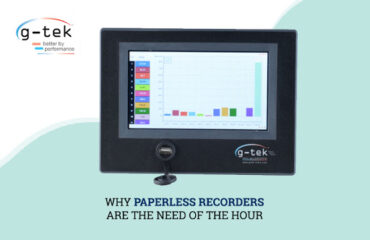
Accurate temperature measurement is critical in furnaces for industrial processes such as heat treatment, ceramics, and metallurgy. Even small errors can lead to ruined batches, increased waste, and compromised product quality. Reliable temperature monitoring isn’t just beneficial it’s essential.
Despite advances in technology, many professionals continue to face issues with inconsistent thermocouple readings. This can result in costly downtime, increased maintenance, and production inefficiencies. Understanding how thermocouples work and selecting the right type can help resolve these issues.
Why This Feels Personal?
Imagine running a furnace where precise temperature control is vital. Despite best efforts, inconsistent readings cause uneven heating, rejected batches, and wasted resources. Apart from that, Industries faced a significant challenge when erratic readings disrupted their production. This real-world case highlights how improper thermocouple wiring can severely impact operational efficiency.
During the investigation, it was found that a thermocouple wire had been spliced with a standard wire instead of using a single, continuous thermocouple wire. This incorrect setup Changed the junction characteristic, resulting in unreliable temperature readings and production inefficiencies. What seemed like a minor oversight resulted in major operational setbacks, highlighting the importance of correct thermocouple setup.
Why Thermocouples Are Your Best Bet?
Thermocouples are highly reliable for high-temperature environments. Their robust design, broad temperature range, and quick response time make them indispensable in demanding industrial applications. Whether dealing with extreme heat, vibration, or corrosive conditions, thermocouples provide the accuracy and durability needed.
Compared to other sensors, they are cost-effective, easy to install, and capable of handling harsh environments. When maintained properly, thermocouples deliver precise readings that ensure consistent, high-quality production.
Types of Thermocouples
Different thermocouple types are designed for specific temperature ranges and environments:
- J Type: 0 to +400°C
- K Type: 0 to +1200°C
- R Type: 0 to +1700°C
- S Type: 0 to +1700°C
- T Type: -100 to +400°C
Tailored Solutions for Different Applications
Selecting the right thermocouple involves understanding your specific application needs. Tailoring your choice ensures optimal performance and long-term reliability. Consider the following factors:
- Temperature Range: Ensure it matches your furnace’s operating limits.
- Environment: For example, Type K works well in high-vibration environments, while Type T is ideal for corrosive or moist settings.
- Accuracy Requirements: Platinum-based thermocouples (Type R or S) are recommended for high-precision processes.
- Durability and Cost: Type J or K thermocouples offer a good balance between performance and affordability.
Proper installation, continuous monitoring, and regular calibration are crucial for maintaining accuracy. Additionally, ensuring that thermocouples are not spliced with different types of wires will prevent junction issues and enhance reliability, as learned from experience with several industry.
Ensure Temperature Accuracy
Imagine operating your furnace with confidence, knowing every temperature reading is precise and reliable. By choosing the right thermocouples and ensuring proper maintenance, you can reduce waste and enhance overall efficiency.
Contact us today to learn how to optimize your furnace operations. Don’t wait—achieve precision and peace of mind with the right temperature monitoring solutions!






